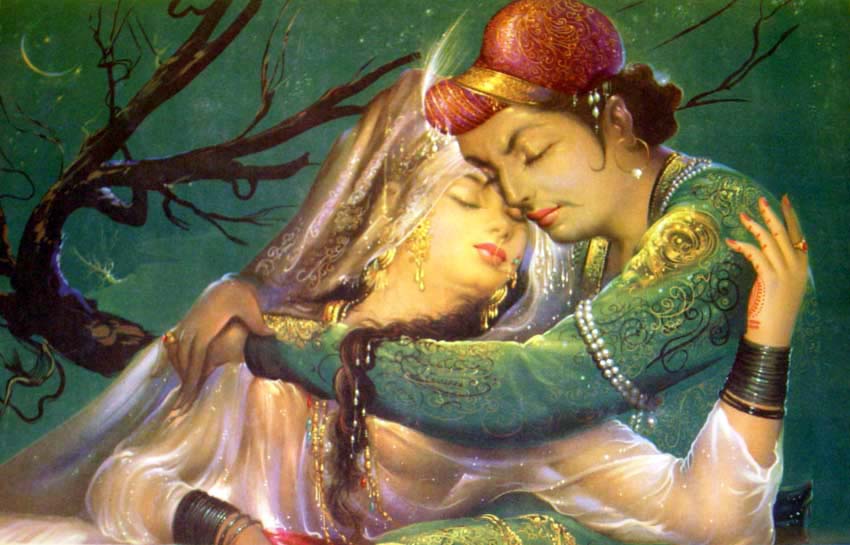Verbal Tradition
The formal definition of verbal lore is words, both written and oral, that are "spoken, sung, voiced forms of traditional utterance that show repetitive patterns." Crucial here are the repetitive patterns. Verbal lore is not just any conversation, but words and phrases conforming to a traditional configuration recognized by both the speaker and the audience. For narrative types, by definition, they have a consistent structure and follow an existing model in their narrative form. As just one simple example, in English, the phrase "An elephant walks into a bar…" instantaneously flags the following text as a joke. It might be one you have already heard, but it might be one that the speaker has just thought up within the current context. Another example is the child's song Old MacDonald Had a Farm, where each performance is distinctive in the animals named, their order, and their sounds. Songs such as this are used to express cultural values (farms are important, farmers are old and weather-beaten) and teach children about different domesticated animals.
Verbal folklore was the original folklore, the artifacts defined by William Thoms as older, oral cultural traditions of the rural populace. In his 1846 published call for help in documenting antiquities, Thoms was echoing scholars from across the European continent to collect artifacts of verbal lore. By the beginning of the 20th century, these collections had grown to include artifacts from around the world and across several centuries. A system to organize and categorize them became necessary. Antti Aarne published the first classification system for folktales in 1910. This was later expanded into the Aarne–Thompson classification system by Stith Thompson and remains the standard classification system for European folktales and other types of oral literature. As the number of classified oral artifacts grew, similarities were noted in items that had been collected from very different geographic regions, ethnic groups, and epochs, giving rise to the Historic–Geographic Method, a methodology that dominated folkloristics in the first half of the 20th century.
When William Thoms first published his appeal to document the verbal lore of the rural populations, it was believed these folk artifacts would die out as the population became literate. Over the past two centuries, this belief has proven to be wrong; folklorists continue to collect verbal lore in both written and spoken form from all social groups. Some variants might have been captured in published collections, but much of it is still transmitted orally and, indeed, continues to be generated in new forms and variants at an alarming rate.
Below is listed a small sampling of types and examples of verbal lore.
- Aloha
- Ballads
- Blessings
- Bluegrass
- Chants
- Charms
- Cinderella
- Country music
- Cowboy poetry
- Creation stories
- Curses
- English similes
- Epic poetry
- Fable
- Fairy tale
- Folk belief
- Folk etymologies
- Folk metaphors
- Folk poetry
- Folk music
- Folksongs
- Folk speech
- Folktales of oral tradition
- Ghostlore
- Greetings
- Hog-calling
- Insults
- Jokes
- Keening
- Latrinalia
- Legends
- Limericks
- Lullabies
- Myth
- Oaths
- Leave-taking formulas
- Fakelore
- Place names
- Prayers at bedtime
- Proverbs
- Retorts
- Riddle
- Roasts
- Sagas
- Sea shanties
- Street vendors
- Superstition
- Tall tale
- Taunts
- Toasts
- Tongue-twisters
- Urban legends
- Word games
- Yodeling


